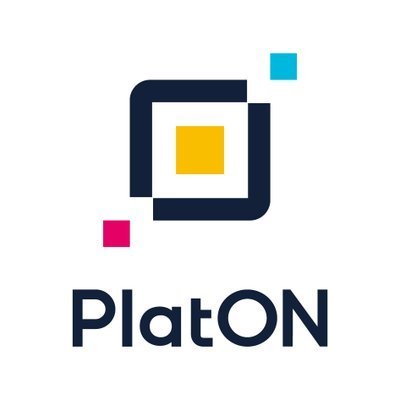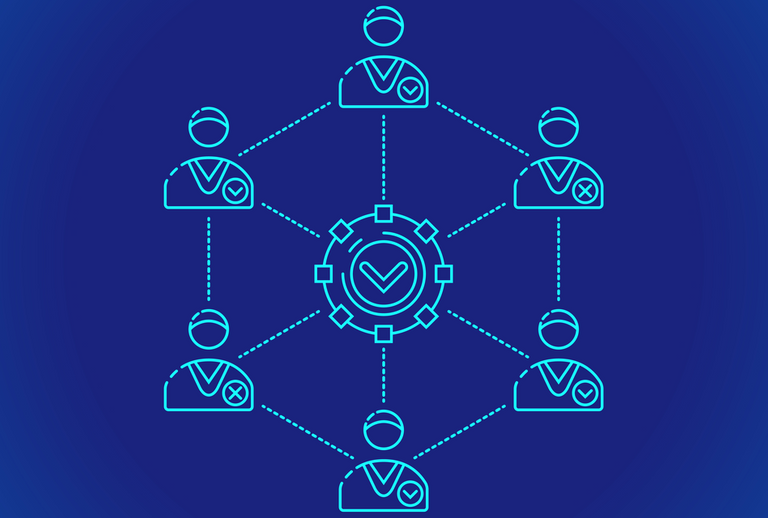Staking and Delegation on PlatON Network
For every blockchain to function and maintained, a consensus mechanism is required. This mechanism is fault tolerance and is used in blockchain systems to achieve the necessary agreement on a single data value or a single state of the network among distributed processes or multi-agent systems, such as with cryptocurrencies. Consensus mechanism has a useful feature in record-keeping.
There are different kinds of consensus mechanism algorithms, each of which works on different principles. But the two popular types of consensus mechanism are PoW (Proof of Work) and PoS (Proof of Stake).
PoW requires a participant node to prove that the work done and submitted by them qualifies them to receive the right to add new transactions to the blockchain. Example is the bitcoin network, the downside is that it requires a high energy consumption and a longer processing time. While,
PoS is a low-cost, low-energy consuming alternative to the PoW algorithm. It involves the allocation of responsibility in maintaining the public ledger to a participant node in proportion to the number of virtual currency tokens held (staked) by it.
Blockchains are to be environment friendly, energy should be conserved. And this is why most blockchains are opting for PoS ahead of PoW, PoS is also relatively more secured.
DPoS (Delegated proof of Stake) is a type of blockchain consensus protocol that allows users to spend their coins to vote for various delegates. These delegates, after been elected, have the task of making important decisions that will affect the network as a whole. They set rules and even validate transactions
DPoS is very similar to PoS, the only difference is the fact that it involves a voting and delegation mechanism to offer incentives users to secure the network with their staked collateral.
Participants will need to stake their coins in order to participate in the both PoS and DPoS consensus mechanism, a successful block production involves network users elect witnesses, or delegates and only elected delegates and voters can validate transactions. When elected, delegates agree upon which transactions should be rejected and which should be approved.
Introducing PlatON

PlatON Network is a next-generation Internet infrastructure protocol based on the fundamental properties of blockchain and supported by the privacy-preserving computation network.
Staking and Delegation on PlatON Network.

Image source
In PlatON's network, pledge is the act of nodes joining to PlatON network by locking a certain amount of LAT. PlatON uses PoS consensus mechanism to select validation nodes, and the nodes joining to PlatON network will be ranked according to the pledged. From 201 nodes, 43 will be selected randomly to pack out blocks as validation nodes. Based on the number of LATs staked.
The network propose a concurrent Byzantine fault tolerance protocol (CBFT) to solve the efficiency problem of partially synchronous networks. It uses BFT-style PoS consensus mechanism. PPoS is a DPoS mechanism with VRF (Verifiable random function), a public-key pseudorandom function that provides proofs that its outputs were calculated correctly. The randomness introduced by VRF can endogenously curb the expansion of staking pools and ensure the decentralization and security. PlatON's CBFT consensus mechanism is a three-phase pipelining consensus protocol that and produce and verifies batch blocks in parallel, thereby improves the consensus efficiency.
The practical Byzantine fault tolerance algorithm (PBFT) is one of the first Byzantine fault tolerance protocols in the real world to be able to handle the first and second types of errors at the same time. Based on the partial synchronization model, it solves the problem of low efficiency of previous BFT algorithms by reducing the complexity of the algorithm from the exponential order of the number of nodes to the square order of the number of nodes, the Byzantine fault tolerance algorithm becomes feasible in practical system applications.
To learn more about the consensus solutions by PlatON:
https://platonnetwork.github.io/docs/en/PlatON_Solution/
About PlatON:
PlatON, initiated and driven by the LatticeX Foundation, is a next-generation Internet infrastructure protocol based on the fundamental properties of blockchain and supported by the privacy-preserving computation network. “Computing interoperability” is its core feature. By building a computing system assembled by Verifiable Computation, Secure Multi-Party Computation, Zero-Knowledge Proof, Homomorphic Encryption and other cryptographic algorithms and blockchain technology, PlatON provides a public infrastructure in open source architecture for global artificial intelligence, distributed application developers, data providers and various organizations, communities and individuals with computing needs.
The Connect with PlatON:
Website || Facebook || Twitter || GitHub || Medium || Reddit || Telegram || LinkedIn || Discord

Electronic-terrorism, voice to skull and remote neural monitoring on Hive and Steem. You can ignore this, but your going to wish you didnt soon. This is happening whether you believe it or not. Many of the platforms for hive and steem are trying to silence me so they can do this to YOU. The community isnt safe HERE if you cant click on this link. https://peakd.com/gangstalking/@acousticpulses/electronic-terrorism-and-gaslighting--if-you-downvote-this-post-you-are-part-of-the-problem ...OR THIS LINK... https://ecency.com/gangstalking/@acousticpulses/electronic-terrorism-and-gaslighting--if-you-downvote-this-post-you-are-part-of-the-problem
Hello, we have chosen this post to be curated by MCGI Cares(Hive) community. We are inviting you to join our community that study the words of God.